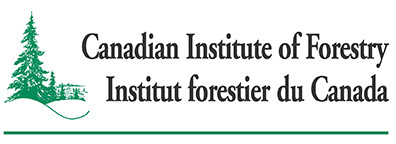MacKinnon, L., Apentiik, C., & Robinson, M.P. (2001). Revisiting traditional land use and occupancy studies: Relevance and implications for resource management in Alberta. The Forestry Chronicle, 77(3).
This paper outlines the results of a study undertaken to assess the impact of Traditional Land Use and Occupancy Studies (TLUOS) on resource management policies and practices in the province of Alberta. The focus of this paper is policy-making bodies in industry and government; subsequent research is planned to explore the perceptions of First Nations' communities regarding the impact of TLUOS. Specifically, this study focussed on two TLUOS undertaken by two First Nations communities (Fort McKay First Nation and Dene Tha' First Nation) in partnership with the Arctic Institute of North America, and co-sponsored by industry and government. The paper situates the results of this particular study in a larger framework of current theory, understandings and discussions of Fit Nations' views of sustainable land use, traditional knowledge and collaboration. In analyzing the results from thirty interviews with academics and personnel from government agencies and industry, the researchers found that the application of the data from TLUOS was constrained by a number of interactive factors, both internal and external to the studies. Briefly, these include methodological and technical issues, accessibility of the data, the larger political context, the need for government leadership, differing expectations and agendas, and the need for a coordinated system for the conduct of TLUOS. In concluding, the authors note that in order for TLUOS to be effective in documenting traditional knowledge and influencing resource management policies and practices the following issues must be addressed: 1) the Alberta government should address the larger, unresolved issues between First Nations and the province; 2) appropriate mechanisms to blend traditional knowledge and scientific knowledge in resource management should be developed; and 3) a collaborative problem-solving process between First Nations, government and industry should be initiated by the Alberta government to address issues and create a coordinated system for the organization and implementation of TLUOS and their application to resource management policy and practice






